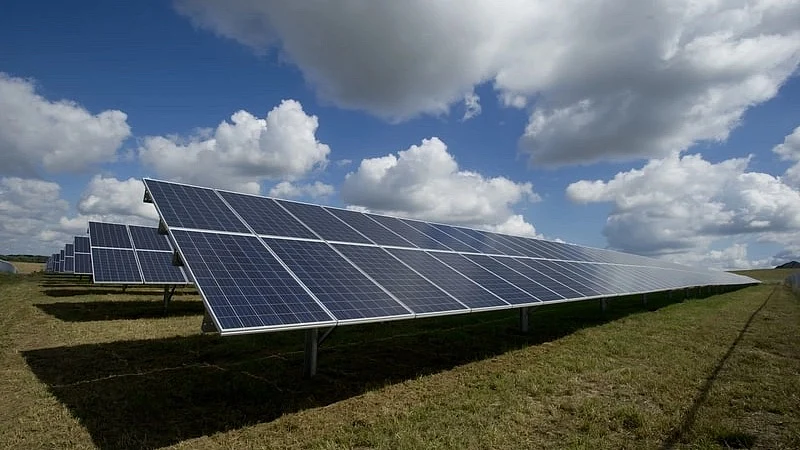Copyright M Live Michigan

Michigan’s public schools may be increasingly relying on its youngest and among the oldest teachers to educate the state’s 1.4 million K-12 students, according to the latest workforce retention data tracked by the state. The Michigan Department of Education released at the end of October updated retention numbers for school workers, including teachers, administrators and support staff, for the 2024-25 school year. The number of teachers in Michigan has increased in the years following the coronavirus pandemic, going from roughly 79,708 teachers in 2020-21 to 82,014 last year, and an MLive.com review of the data shows much of that increase was among educators in their 20s and over age 50. However, the percentage of teachers mid-career with a decade or two in education under their belt has decreased with those in their 30s going from 26% to 22.6% over five years and those in their 40s going from 34.2% to 33.2% in that same period. Meanwhile, educators in their 50s made up 22.9% of all teachers in 2020-21 and 25% in 2024-25. Those in their 60s went from 4.4% to 5% and teachers over 70 from 0.2% to half a percent. The number of teachers in their 20s increased by 1.4 percentage points from 12.2% to 13.6% in that five-year period. It’s a slate of data that experts have said lines up with the number of new teachers who leave the industry after a few years, exacerbating the state’s teacher shortage and some challenges in hiring and retaining teachers. Below is a searchable table of Michigan school districts and the percentage of teachers by age group. The state data from last month did not include overall teacher retention rates for the 2024-25 school year, though the average retention rate decreased slightly, dipping below 80% during the pandemic from 84.8% in 2019-20 and back up to 81.5% in 2023-24. Michigan’s statewide retention data is tracked on a year-over-year basis for any educator that may move schools or districts but remains in the profession within the state. The five-year retention rate for all teachers last year was 77.2%. Below is a map of Michigan districts showing the number five-year retention rate for new hires as of the 2024-25 school year. The trajectory of teachers joining and exiting the teaching profession in the state was relatively the same over three years through 2024. About 5,835 teachers entered the industry in the state in 2020-21 versus 6,489 who left that same year, according to a 2025 teacher shortage report from Michigan State University’s Education Policy Innovation Collaborative. Since then, the number of people starting in teaching has outpaced those leaving, as follows. 2021-22: 7,956 entering, 7,530 leaving 2022-23: 8,542 entering, 8,217 leaving 2023-24: 8,438 entering, 8,100 leaving In step with retention numbers, Michigan tracks the percentage of teachers considered to be “appropriately certified and placed” in classrooms where subjects they’re teaching require additional credentials. As the total number of teachers has risen, the state has maintained a consistent rate of properly certified and placed teachers at around 91-92% overall. Over the last several years, that has included those who teach core subjects like math and English-language arts classes, special education, the arts, or general elementary classes to kids in grades kindergarten through fifth grade. However, correct certification and placement have remained lower in other specialty areas like career-technical education in contrast to a spike for bilingual program and technology teachers. The rate of appropriately certified and placed career-technical education teachers was 58% in 2022-23 and 2023-24 and 56% last year out of more than 1,000 instructors. About 76% of technology teachers were appropriately placed out of more than 1,500 instructors in 2022-23 and 2023-24, jumping to 85% last year. Roughly 81% of bilingual teachers were correctly placed in 2024-25. This was an increase from 62% and 69% the previous two years. Also, according to state data, there has been a been another slight uptick in the diversity of Michigan’s teachers, though the population of educators is still overwhelmingly white. In 2020-21, 90.6% of teachers were white. That percentage was roughly 88.6% last year. The shift in other races was as follows in that same period. Black or African American teachers: 6.7% to 7.9% Educators who are Hispanic: 1.2% to 1.5% Teachers who are Asian: 0.8% to 1.1% The state additionally tracks teachers’ gender. Over the last five years, three-quarters of the workforce has been women. For more the data or other state school-related numbers, visit MISchoolData.org.



